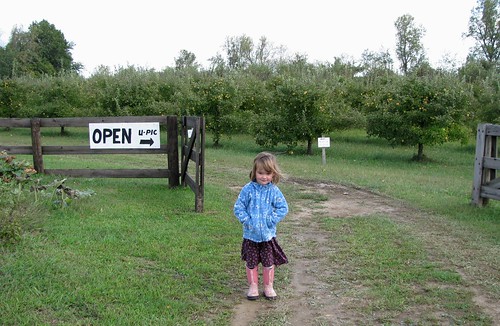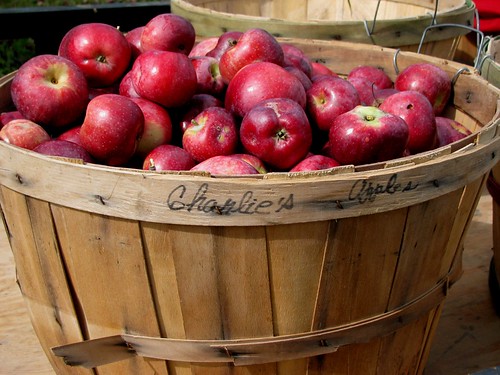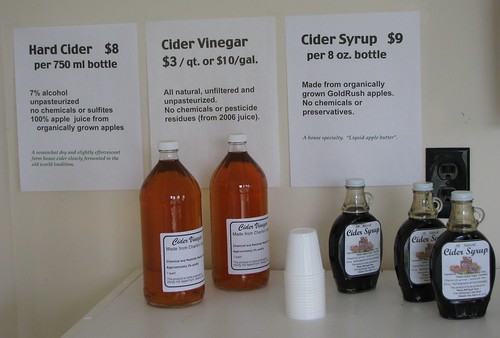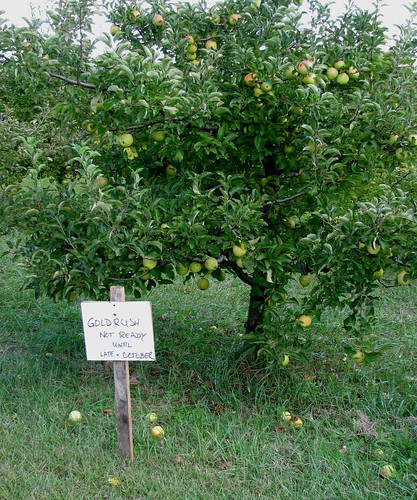The voters of the state of Ohio will consider Ohio Issue Two, an agricultural constitutional amendment, this November 3, 2009. The full text of the amendment is available from the Ohio Secretary of State's office. I encourage you to read it if you are an Ohio voter. The ballot language is shortened and less detailed. Several readers and friends have asked my opinion on the issue. I addressed it with some of the small farmers I know, but none wanted to share their opinion on the record.
I never intended Hounds in the Kitchen to address political issues but I think Issue 2 relates to the purpose of the blog and people have asked, so here is my opinion:
I do not support Issue Two and I will vote against it.
Livestock standards already exist and there are government agencies having jurisdiction over livestock production and food safety. Many groups already promote local food. Creating another government body causes redundancy in an area that doesn't warrant redundancy.
The proposed Board is comprised almost entirely of political appointees. This concerns me because whereas current farming standards are subject to public opinion gathering from the state Department of Agriculture, the questionably motivated appointees would have full jurisdiction without public comment. Furthermore, regulation changes from Board turnover after every four year election could be difficult for farmers to follow.
Issue Two was drafted and quickly pushed through the Ohio house and senate by agricultural interest groups in reaction to animal rights issues passed recently in several other US states. The animal rights issues passed in other states required minimal animal rights including space for chickens to turn around and cows to lay down. I support these minimal animal rights, and if the Issue was drawn in opposition to animal rights issues like these, I must assume the proposed Board may discourage proactive animal rights.
This issue was presented by corporate agricultural interests and the vote yes campaign is supported by Big Ag money. The Board would be tasked with 'protect(ing) Ohio farms and families'. If the issue was raised by Big Ag companies, I am thinking the new structure would protect Big Ohio farms, possibly at the expense of the smaller family farms I support.
Finally, Issue 2 is a constitutional amendment establishing a new constitutional article. I do not believe state constitutions should include such mundane considerations. Issue 2, at minimum, is a misuse of the constitution.
I encourage you to make your own informed decision. Below is a list of resources for voting in Ohio and opinions on both sides of the issue.
Voter Information from the Secretary of State
Columbus Dispatch Overview of the Issue



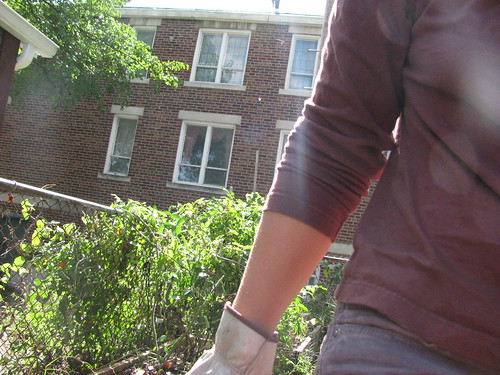 This weekend was a blur of summer fading to fall. I put three garden beds to rest, including harvesting peppers and green tomatoes, pulling out honeysuckle and ivy creeping around the fence, and adding to our massive compost heap.
This weekend was a blur of summer fading to fall. I put three garden beds to rest, including harvesting peppers and green tomatoes, pulling out honeysuckle and ivy creeping around the fence, and adding to our massive compost heap.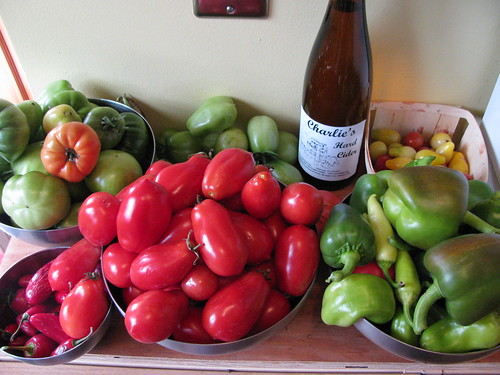
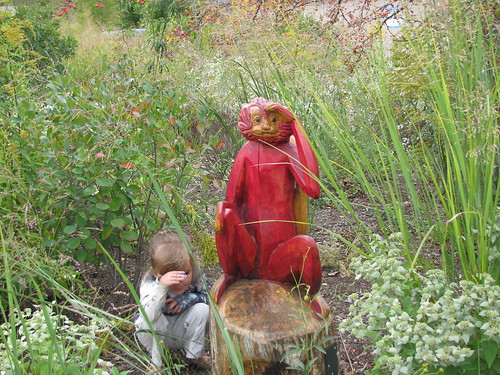



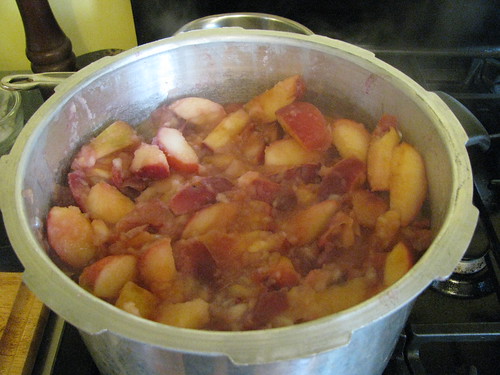


 Part of the purpose of Hounds in the Kitchen is to advocate for local foods and local eating. 'Local' is subjective and prone to green-washing as are so many other terms. With the advent of Local Foods Week coming soon (see below), now is a good time to talk about what is local.
Part of the purpose of Hounds in the Kitchen is to advocate for local foods and local eating. 'Local' is subjective and prone to green-washing as are so many other terms. With the advent of Local Foods Week coming soon (see below), now is a good time to talk about what is local.

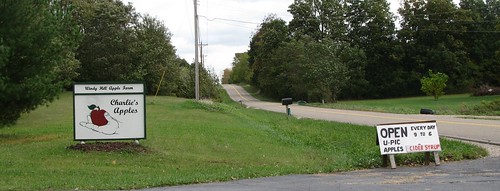 I love apples and I love autumn, so it follows that I love spending a day apple picking.
I love apples and I love autumn, so it follows that I love spending a day apple picking.